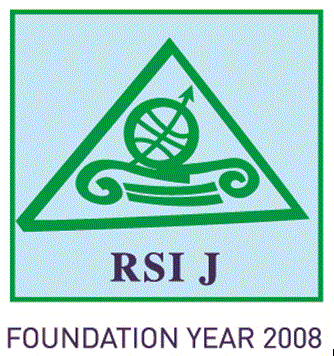Antoneta POLO
Assoc.Prof.,”Eqrem Çabej” University, Gjirokastra, Albania
neta_polo@yahoo.com
Enkela CACA
Assoc. Prof.,”Eqrem Çabej” University, Gjirokastra, Albania
ebabaramo@yahoo.com
Ilirjana ZYBERI
Assoc. Prof.,”Eqrem Çabej” University, Gjirokastra, Albania
izyberi@yahoo.com
Christos Ap. LADIAS
Professor, Regional Science Inquiry Journal, Greece
Ladias@rsijournal.eu
Filipos RUXHO
Faculty of Agribusiness, University of Haxhi Zeka, Peja, Kosovo,
filipos.ruxho@unhz.eu
Abstract
Foreign Direct Investment (FDI) in real estate has played an increasingly significant role in Albania’s economic development, particularly over the past decade. This paper examines the relationship between real estate FDI and Gross Domestic Product (GDP) in Albania over a five-year period, analyzing whether foreign investment in the real estate sector has acted as a driver of economic growth or merely reflected broader macroeconomic trends.
Our empirical findings suggest that FDI in real estate (RE) has had a positive contribution to GDP growth, particularly through increased urban development and rising property values in key economic centers like Tirana and coastal cities.
This study provides valuable insights for policymakers, emphasizing the need for strategic reforms to enhance the benefits of real estate FDI while mitigating risks associated with speculative activities.
This study, also, contributes to the literature on FDI and economic growth, offering a case-specific analysis of Albania and providing policy recommendations for optimizing the benefits of foreign investments in real estate.
Keywords: Foreign Direct Investment (FDI), Real Estate, Economic Growth, GDP, Albania, Regression Analysis
JEL classification: F21, R 30, E01,
pp. 135-142
